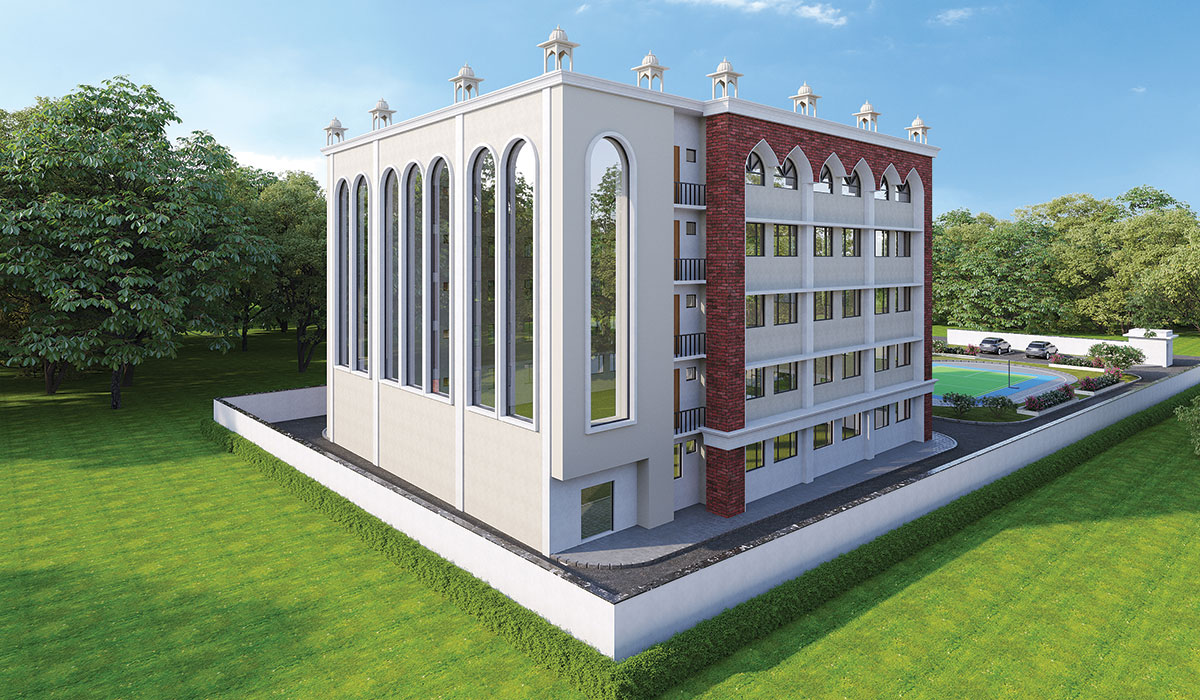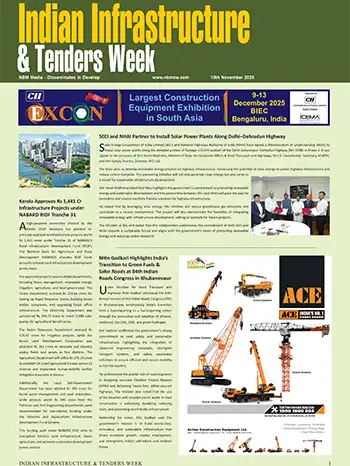Buildings must be designed within a circular economy framework, ensuring that materials continuously re-enter the construction cycle so that they are continually reused and repurposed.
Varun Agarwal - Co-Founder & Director, Renascent Consultants
One of the most effective ways to reduce waste is to design buildings with material efficiency in mind. Grid-based planning involves structuring layouts around standard material sizes to minimize off-cuts and excess waste. Minimizing structural redundancy involves careful calculation of load paths and spans, which ensure that only the necessary amount of materials, such as steel, concrete, or wood, are used.
Factory-made components, like pre-cut timber and precast concrete panels, reduce on-site material waste. Reusing materials from existing buildings or choosing recycled-content products reduces demand for new raw materials.
Retaining foundations, steel framing, or masonry walls from previous structures minimizes demolition waste. Salvaged wood, bricks, stone, and steel from demolition sites can be repurposed in new construction projects. Choosing materials with high post-consumer or post-industrial recycled content, such as fly ash concrete, recycled aluminum, or PET-based insulation, lowers the environmental impact of new construction.
On-site sorting and recycling by separating concrete, wood, metals, and plastics during construction ensures that recyclable materials are diverted from landfills. Just-in-time material deliveries prevent over-ordering of materials. 3D modeling and BIM allow precise calculations of material needs, reducing ordering errors and minimizing surplus materials.

A building designed for future reuse and adaptability ensures that materials remain useful even as the structure evolves over time. Using mechanical fasteners like bolts, screws, and clips instead of adhesives makes materials easier to dismantle and reuse.
Designing walls and ceilings that can be reconfigured instead of demolished allows for sustainable adaptation. Using reusable façade systems, specifying curtain walls, cladding, and shading devices that can be dismantled and repurposed extends their lifecycle. Incorporating elements like solar panels, wind turbines, or green roofs allows for sustainability upgrades rather than demolition and replacement.
Sourcing wood, stone, and other materials from nearby locations reduces emissions and transportation costs while supporting regional industries. Depending on the site, materials like soil, timber, or stone can be repurposed for construction, minimizing external supply needs.
The cradle-to-cradle design approach ensures that every material used in construction is either biodegradable or recyclable, eliminating waste and making buildings part of a regenerative system.
















